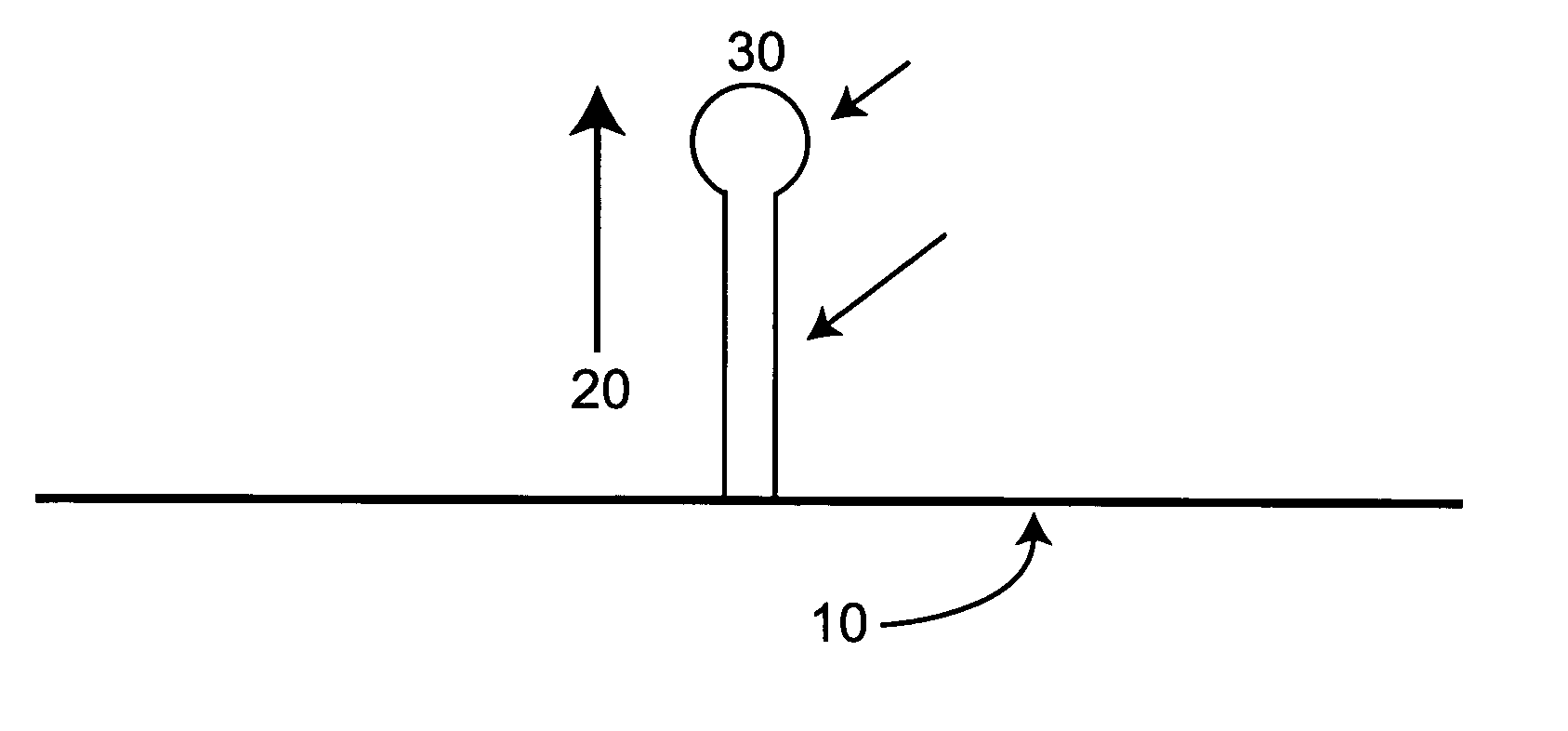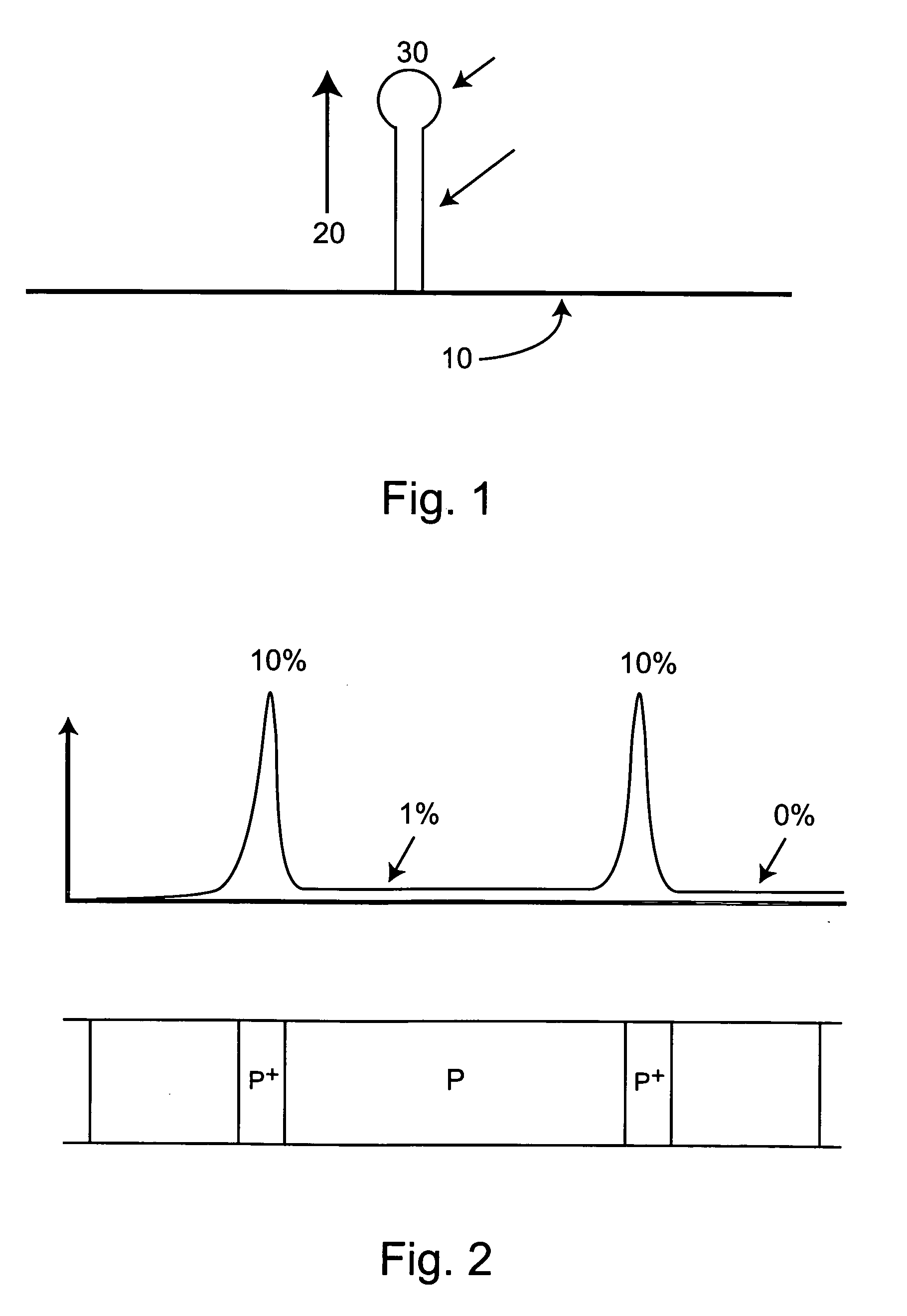Methods of making, positioning and orienting nanostructures, nanostructure arrays and nanostructure devices
a nanostructure and array technology, applied in the field of nanostructures, can solve the problems of insufficient current technologies to form high yields of nanostructures, cumbersome arrays and functional devices, and insufficient methods of assembling nanostructures into junctions
- Summary
- Abstract
- Description
- Claims
- Application Information
AI Technical Summary
Benefits of technology
Problems solved by technology
Method used
Image
Examples
Embodiment Construction
Introduction
[0081] The present invention provides a variety of methods of making and arranging nanostructures such as nanowires, e.g., into functional devices, arrays or device or array components. The following discussion focuses first on the formation of nanostructures and nanostructure arrays via patterning, then focuses on oriented growth in magnetic fields and then on fluidic assembly of nanostructure arrays. Harvesting of nanostructures from a substrate via etching (including use of etch planes for making nanostructures such as nanowires with defined ends and / or controlled lengths) and manufacturing of nanostructures on substrates and integration with IC by planar processing methods is then covered. Power directed orientation and growth of nanostructures, template directed nanostructures growth and radial nanostructures deposition are addressed. Large scale growth of nanostructures, e.g., by continuous gas and plasma phase synthesis approaches are then covered, followed by n...
PUM
| Property | Measurement | Unit |
|---|---|---|
| thickness | aaaaa | aaaaa |
| diameter | aaaaa | aaaaa |
| diameter | aaaaa | aaaaa |
Abstract
Description
Claims
Application Information
 Login to View More
Login to View More - R&D
- Intellectual Property
- Life Sciences
- Materials
- Tech Scout
- Unparalleled Data Quality
- Higher Quality Content
- 60% Fewer Hallucinations
Browse by: Latest US Patents, China's latest patents, Technical Efficacy Thesaurus, Application Domain, Technology Topic, Popular Technical Reports.
© 2025 PatSnap. All rights reserved.Legal|Privacy policy|Modern Slavery Act Transparency Statement|Sitemap|About US| Contact US: help@patsnap.com



